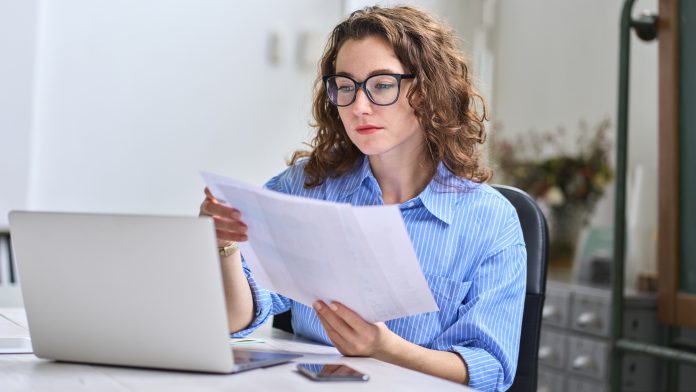The U.S. Small Business Administration (SBA) announced that it will restore lender fees to its 7(a) loan program to address financial challenges that led to a budget shortfall. This decision follows a period where lender fees were waived, and underwriting criteria were adjusted, resulting in the program operating at a negative cash flow for the first time in 13 years.
The 7(a) loan program is the SBA’s primary tool for providing capital to small businesses that can’t secure financing elsewhere. By law, the program must operate at “zero-subsidy“, or zero cost to taxpayers, with lender fees covering the program’s expenses. However, between 2022 and 2024, the SBA did not collect approximately $460 million in lender fees, pushing the program into a $397 million negative cash flow in fiscal year 2024.
During this period, new lenders, including non-bank financial institutions, were approved for original 7(a) loans, and underwriting guidelines such as “Do What You Do” were introduced. These adjustments led to an increase in loan defaults and delinquencies, prompting concerns about the program’s financial sustainability.
To stabilize the program, the SBA will begin to collect lender fees starting this week for fiscal year 2025. This policy shift aims to stabilize cash flow and reinforce the program’s ability to support small businesses without burdening taxpayers.
The agency has also indicated that further policy changes will be introduced soon to ensure that the program remains a reliable financing option to serve American entrepreneurs.










